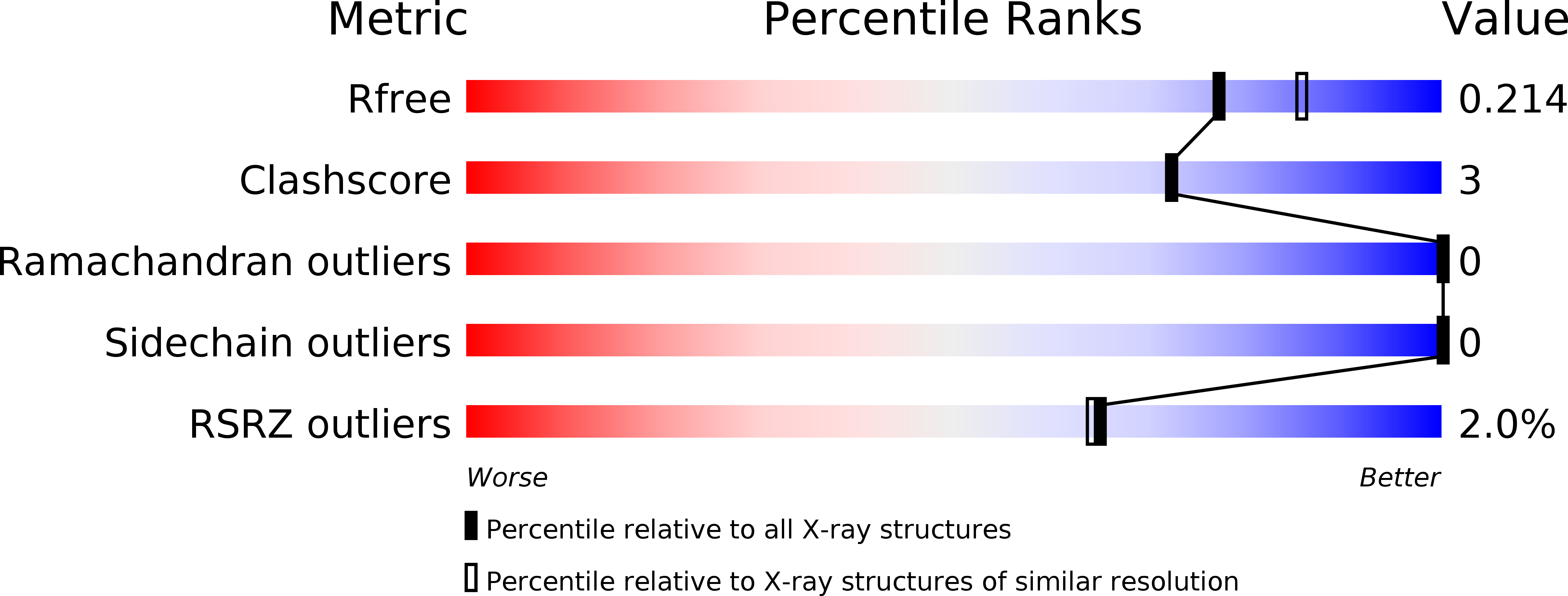
Deposition Date
2017-07-06
Release Date
2018-03-14
Last Version Date
2024-01-17
Method Details:
Experimental Method:
Resolution:
2.02 Å
R-Value Free:
0.21
R-Value Work:
0.17
R-Value Observed:
0.17
Space Group:
I 2 3


